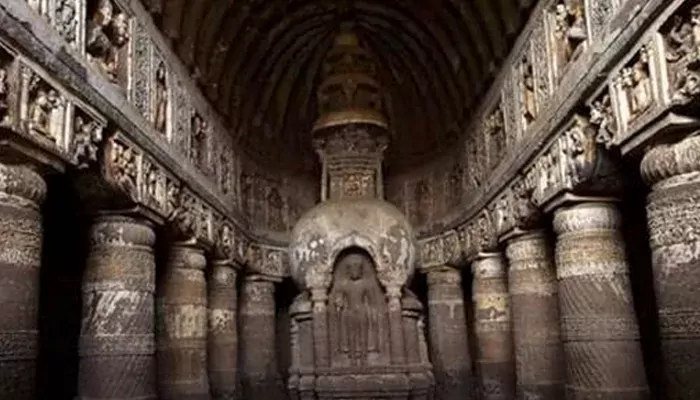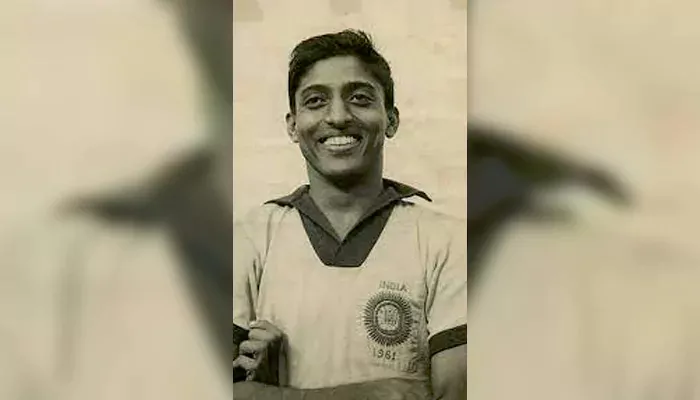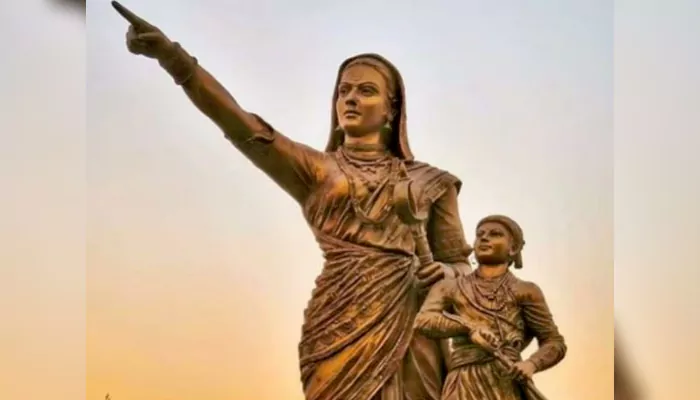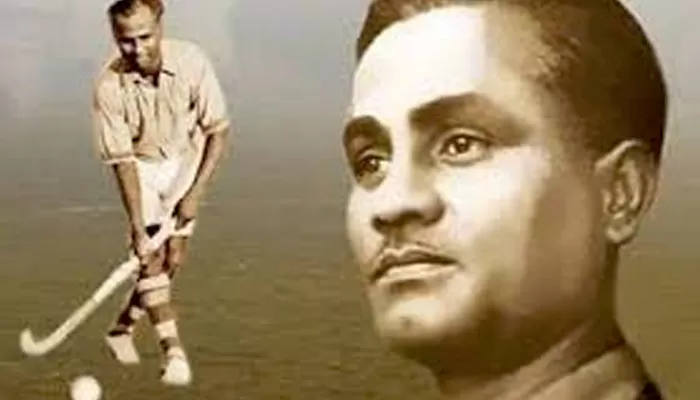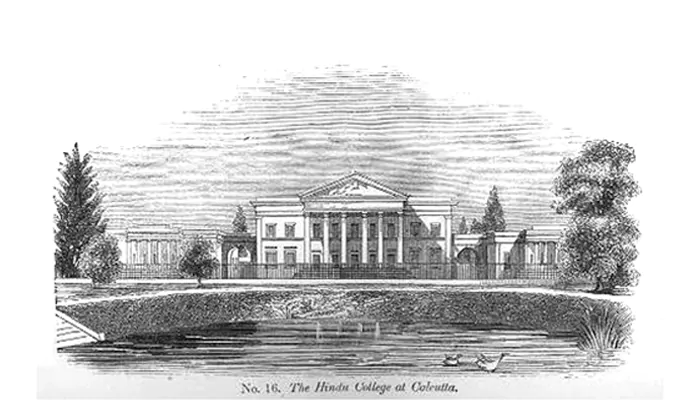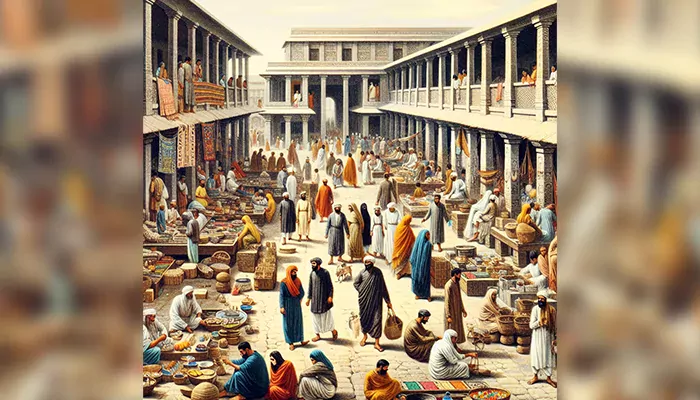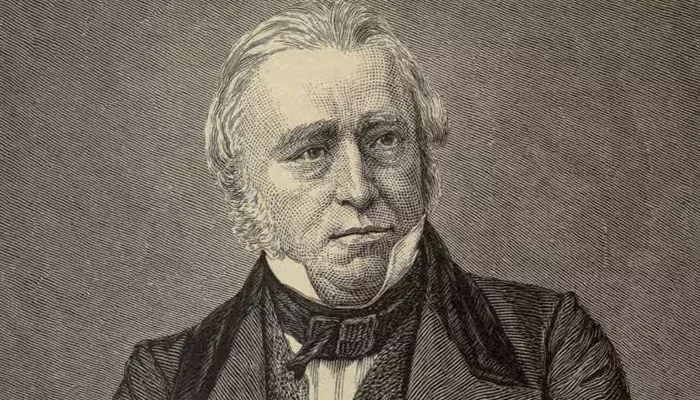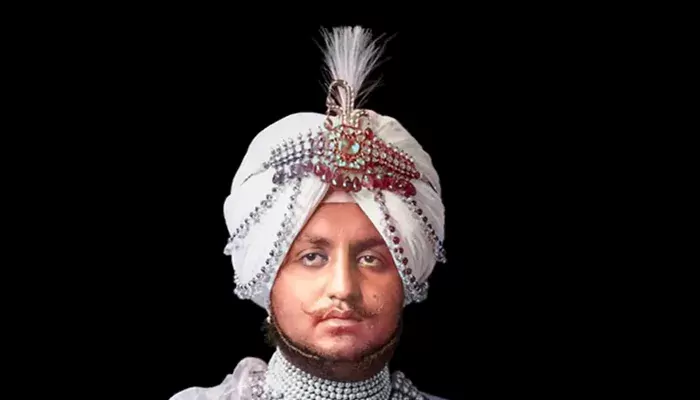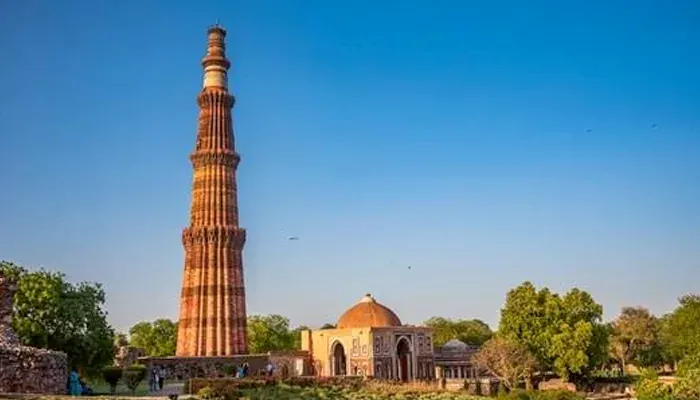India On Wheels: FMSCI – The Formation of India’s Motorsport Governing Body in 1971
- Rohit Chatterjee
- 4 months ago
- 3 minutes read
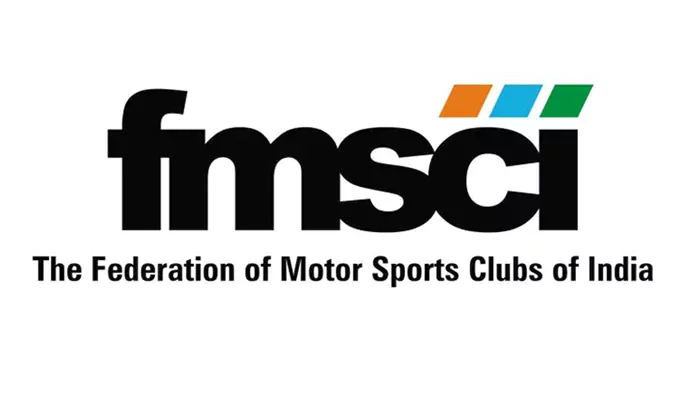
It took the government 44 years to recognise the motorsport body.
India is a dominant country in cricket, but when it comes to other sports, the country doesn’t have much to show off. Therefore, motorsports remain a neglected sport even today, although they are slowly gaining traction across the country.
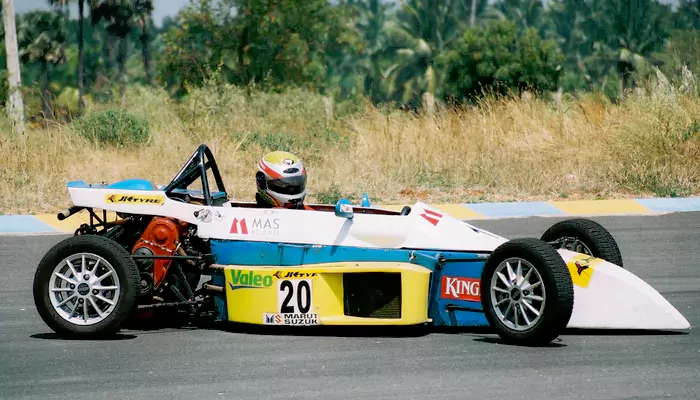
But how did India’s motorsport journey begin? The country’s racing roots date back to 1904, when the first-ever street race was organised from Delhi to Mumbai. Despite the majority of Indians not having cars in the pre-independence era, motorsports grew slowly among the elite and British residents in India.
Post-independence, multiple motorsports organisations took it upon themselves to keep motorsports running in India. However, India’s automobile sector was in its nascent stage, and British colonisation left India almost penniless, leaving little opportunity for the common masses to own cars or motorcycles.
Unregulated & unorganised
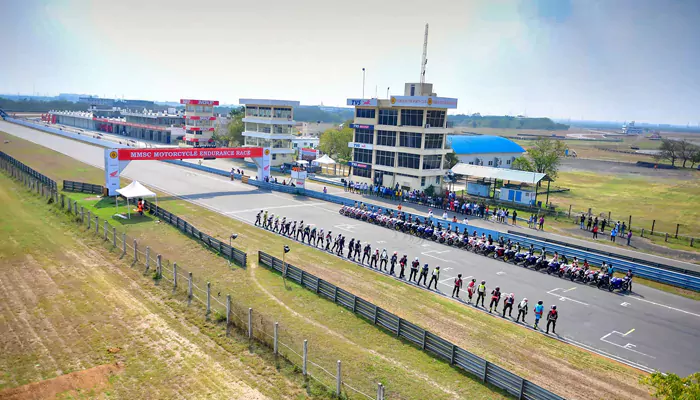
(Credit - Car & Bike)
Even after India’s independence, motorsports remained unorganised for several years. Motorsports clubs, such as the Madras Motor Sports Club, Calcutta Motor Sports Club, and Coimbatore Motor Sports Club, among others, organised events in various parts of the country. However, even these events did not receive sufficient funding, media coverage, or any support. Most of the members were elites who had enough moolah in their pockets to indulge in the world of expensive motorsports. In short, affordable racing was a myth.
1973
The above-mentioned clubs realised that for the greater good of racing in India, they needed to come together. Therefore, in 1973, the Madras Motor Sports Club, the Bangalore Motor Sports Club (now the Karnataka Motor Sports Club), the Calcutta Motor Sports Club, the Coimbatore Auto Sports Club, and the Indian Automotive Racing Club joined forces to officially form the Federation of Motor Sports Clubs of India (FMSCI). However, the organisation had to be registered as a private limited non-profit company due to a lack of government support.
Multiple events and racers
Despite receiving no recognition from the government, the FMSCI has kept racing alive in India for decades through events such as the Indian National Rally Championship (INRC), National Racing Championship (NRC), K1000 Rally, South India Rally, and others.
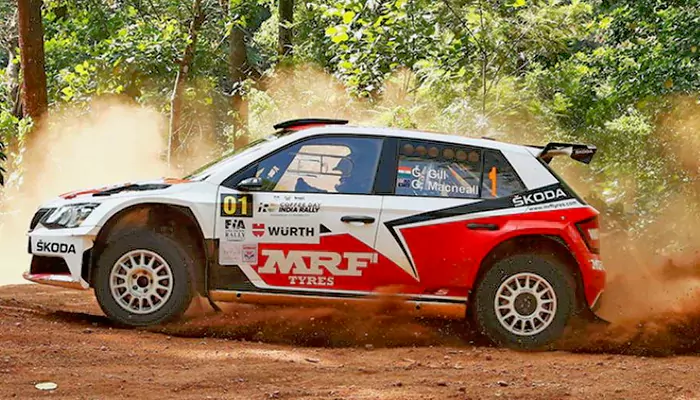
(Credit - The Hindu – Sporstar)
The FMSCI was also responsible for grooming several racers, especially in the 1990s, including India’s first Formula One driver, Narain Karthikeyan, and then Karun Chandhok.
Recognition
After years of solo battles, the FMSCI finally gained the Indian government’s recognition as a national motorsport governing body, thanks to numerous racers who represented India in various global racing events and the booming of the Indian auto industry.
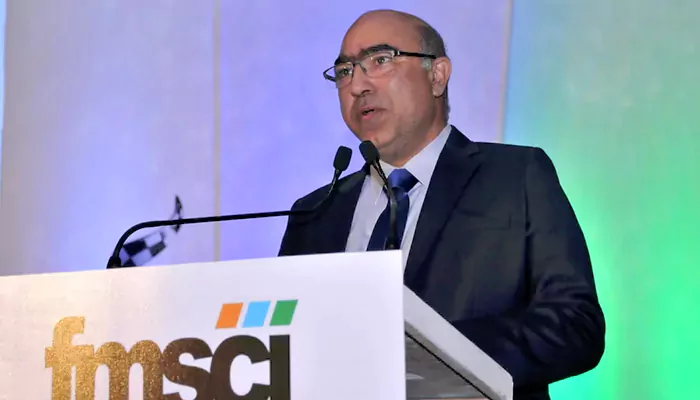
(Credit- Autocar)
In 2015, the FMSCI was included in the list of the National Sports Federation in the “Other” category, which is backed by the Ministry of Youth Affairs and Sports of the Government of India. It took the Indian government 44 years to realise that motorsports has a great future, especially in terms of generating revenue and projecting the nation as a leader in soft power.
The Indian motorsport circuit has a long way to go, but whatever journey motorsports has covered in our country, credit goes to the FMSCI, which, despite no government backing, kept racing alive in India for 68 years, from independence in 1947 till 2015.

